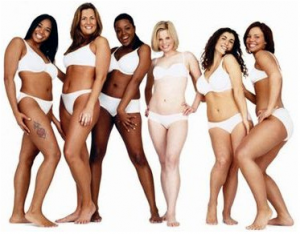1 In 4 Moms Say Purchase Decisions Are Influenced by Social Media Recommendations

Those of us who work regularly in this space know that bloggers — particularly mommy bloggers — are a powerful and influential force, but now comes the data to prove it.
According to a new study by The NPD Group and Child’s Play Communications, 79% of all moms in the U.S. with children under the age of 18 are active in social media. Of these moms, about one in four (23%) said they have purchased a children’s product as a result of a recommendation from a social networking site or blog.
The study: “Social Media Moms: How Networking Impacts Purchasing Behaviors” probes into the behaviors and opinions of active social media moms, defined as moms who currently belong to a social networking site and/or write, read or comment on blogs. Based on responses from a sample of more than 2,000 of these moms, it is evident that online recommendations have even more impact among the most frequent social media users: 43% of these moms who use these sites on a daily basis have purchased a children’s product as the result of a recommendation from these sites.
Active social media moms who purchased a children’s product based on an online recommendation said that, on average, they did so five times in the past year. More than half (55%) of these moms said they made their purchase because of a recommendation from a personal review blog and 40% from a Facebook recommendation.
“Social media has become an enormous influence on purchasing, and savvy marketers have certainly begun to embrace this vehicle when messaging to moms,” said Anita Frazier, Industry Analyst for The NPD Group. “But many marketers have yet to fully realize the potential of social media and the power of peer group recommendations, which means more opportunities are on the horizon.”
Clearly, moms nationwide are making purchasing decisions as a result of the information and advice other moms are providing through social media. It’s important that brand managers continue looking to this group of influencers and work to develop ongoing relationships with them as they develop their marketing strategies.
Has your brand identified its strategy for reaching moms?


